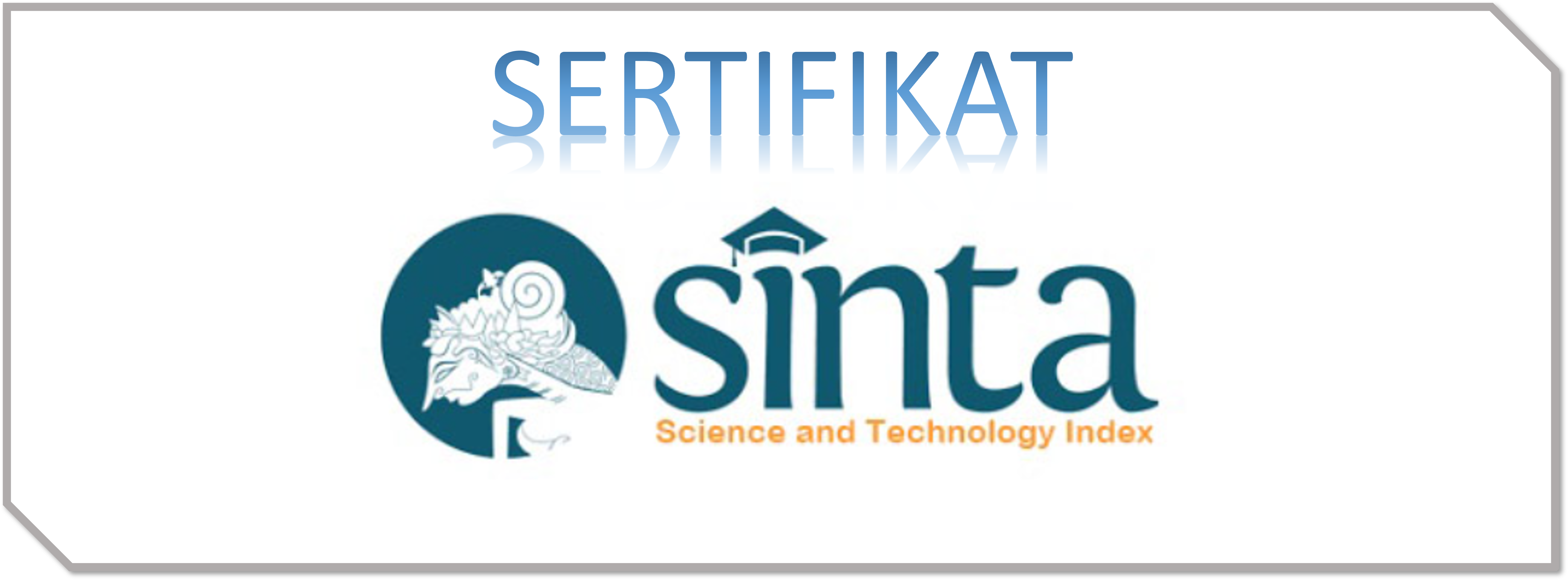HUBUNGAN KUALITAS HIDUP DAN TINGKAT KEBAHAGIAAN PADA KLIEN TERAPI RUMATAN METADON DI POLIKLINIK ADIKSI RS NGOERAH
DOI:
https://doi.org/10.51878/cendekia.v5i3.6615Keywords:
kualitas hidup, kebahagiaan, terapi rumatan metadonAbstract
Methadone Maintenance Therapy (MMT) has been proven effective in reducing the risk of opioid relapse. However, psychosocial aspects such as happiness and quality of life are still rarely addressed as indicators of therapeutic success. To assess the relationship between quality of life (WHOQOL-BREF) and happiness level (Oxford Happiness Questionnaire/OHQ) among MMT clients in Bali Province. This study employed an analytical observational design with a cross-sectional approach. A total of 36 respondents from four MMT institutions in Bali were selected purposively. Pearson correlation, chi-square, and multiple linear regression analyses were conducted. The mean total quality of life score (WHOQOL-BREF) was 118.53 ± 12.77, and the mean happiness score (OHQ) was 101.17 ± 15.67. Significant correlations were found between the psychological domain and happiness (r = 0.521; p = 0.001), the environmental domain (r = 0.415; p = 0.012), and the social domain (r = 0.336; p = 0.045). The physical domain was not significantly associated (r = 0.239; p = 0.161). In the multivariate analysis, significant predictors of happiness were marital status (B = -4.589; p = 0.004), duration of methadone use (B = 1.791; p = 0.007), and the psychological domain (B = 0.490; p = 0.022). The model's R² was 0.635, indicating a strong predictive contribution of these variables. There is a significant relationship between quality-of-life scores in the psychological, environmental and social domains with happiness scores. The control variables in the marital status and length of methadone use were significantly related to happiness scores in the multivariate model. The PTRM program needs to integrate supportive psychological, social and environmental approaches as part of holistic recovery.
ABSTRAK
Program Terapi Rumatan Metadon (PTRM) terbukti efektif dalam menurunkan risiko kekambuhan opioid. Namun, indikator keberhasilan terapi belum banyak menyoroti aspek psikososial seperti kebahagiaan dan kualitas hidup. Menilai hubungan antara kualitas hidup (WHOQOL-BREF) dan tingkat kebahagiaan (Oxford Happiness Questionnaire/OHQ) pada klien PTRM di Provinsi Bali. Penelitian ini menggunakan desain observasional analitik dengan pendekatan cross-sectional. Sebanyak 36 responden dari empat institusi PTRM di Bali dipilih secara purposif. Analisis korelasi Pearson, chi-square, dan regresi linear multivariat digunakan. Skor rata-rata kualitas hidup (WHOQOL-BREF total) adalah 118,53 ± 12,77, sedangkan skor kebahagiaan (OHQ) adalah 101,17 ± 15,67. Terdapat korelasi signifikan antara domain psikologis dengan kebahagiaan (r = 0,521; p = 0,001), domain lingkungan (r = 0,415; p = 0,012), dan domain sosial (r = 0,336; p = 0,045). Domain fisik tidak menunjukkan hubungan bermakna (r = 0,239; p = 0,161). Dalam analisis multivariat, variabel yang berhubungan signifikan terhadap kebahagiaan adalah status perkawinan (B = -4,589; p = 0,004), lama penggunaan metadon (B = 1,791; p = 0,007), dan domain psikologis (B = 0,490; p = 0,022). R² model sebesar 0,635 menunjukkan kontribusi variabel-variabel prediktor terhadap kebahagiaan cukup kuat. Terdapat hubungan yang signifikan antara skor kualitas hidup pada domain psikologis, lingkungan dan sosial dengan skor kebahagiaan. Variabel kendali berupa perkawinan dan lama penggunaan metadon berhubungan signifikan terhadap skor kebahagiaan dalam model multivariat. Program PTRM perlu mengintegrasikan pendekatan psikologis, sosial dan lingkungan yang mendukung sebagai bagian dari pemulihan holistik.
Downloads
References
Adeline, N. (2017). Adaptasi alat ukur Oxford Happiness Questionnaire [Skripsi, Universitas Sumatera Utara].
Aghayan, S., et al. (2015). Quality of life in methadone maintenance treated patients in Iran. International Journal of High Risk Behaviors & Addiction, 4(4), e22275.
Anggraeni, K. T., & Diniari, N. K. S. (2017). Kualitas hidup klien terapi metadon di Program Terapi Rumatan Metadon (PTRM) Sandat RSUP Sanglah. E-Jurnal Medika, 6(9), 29–33.
Anisah, S. N., & Djuwita, R. (2019). Reliability and validity of WHOQOL-BREF into Indonesian version as a measure of quality of life of tuberculosis patients. Indian Journal of Public Health Research and Development, 10(12), 1972–1977.
Argyle, M., & Hills, P. (2002). The Oxford Happiness Questionnaire: A compact scale for the measurement of psychological well-being.1 Personality and Individual Differences, 33(7), 1073–1082.
Badan Narkotika Nasional. (2022). Indonesia drugs report 2022. Pusat Penelitian, Data, dan Informasi Badan Narkotika Nasional.
Choi, S., et al. (2023). Clinics optimizing methadone take-homes for opioid use disorder (COMET): Protocol for a stepped-wedge randomized trial. PLoS ONE, 18(6), e0286859.
De Maeyer, J., et al. (2011). Quality of life among opiate-dependent individuals: A review of the literature. International Journal of Drug Policy, 22(6), 364–380.
Diener, E., et al. (2009). Subjective well-being: The science of happiness and life satisfaction. In S. J. Lopez & C. R. Snyder (Eds.), The Oxford handbook of positive psychology (edisi ke-2, hlm. 187–194). Oxford University Press.
Doogan, N. J., et al. (2019). Quality of life as a predictor of social relationships in Oxford House. Journal of Substance Abuse Treatment, 101, 79–87.
Eum, M., & Kim, H. (2021). Relationship between active aging and quality of life in middle-aged and older Koreans. Healthcare, 9(2), 240.
Giacomuzzi, S. M., et al. (2005). Psychological comorbidity in opioid-dependent patients treated with methadone. European Addiction Research, 11(4), 187–193.
Kim, Y. J., & Kang, S. W. (2020). The quality of life, psychological health, and occupational calling of Korean workers. International Journal of Environmental Research and Public Health, 17(16), 5689.
Ko, H., et al. (2019). Gender differences in health status, quality of life, and service needs of older adults. Archives of Gerontology and Geriatrics, 83, 239–245.
Levander, X. A., et al. (2022). COVID-19-related policy changes for methadone take-home dosing. Substance Abuse, 43(1), 633–639.
López-Ruiz, V. R., et al. (2021). The relationship between happiness and quality of life: A model for Spanish society. PLoS ONE, 16(11), e0259528.
Novianti, L. E., et al. (2020). Quality of life as a predictor of happiness and life satisfaction. Jurnal Psikologi, 47(2), 93–103.
Ryan, R. M., & Deci, E. L. (2001). On happiness and human potentials: A review of research on hedonic and eudaimonic well-being. Annual Review of Psychology, 52, 141–166.
Zubaran, C., & Foresti, K. (2009). Quality of life and substance use: Concepts and recent tendencies. Current Opinion in Psychiatry, 22(3), 281–286.


















